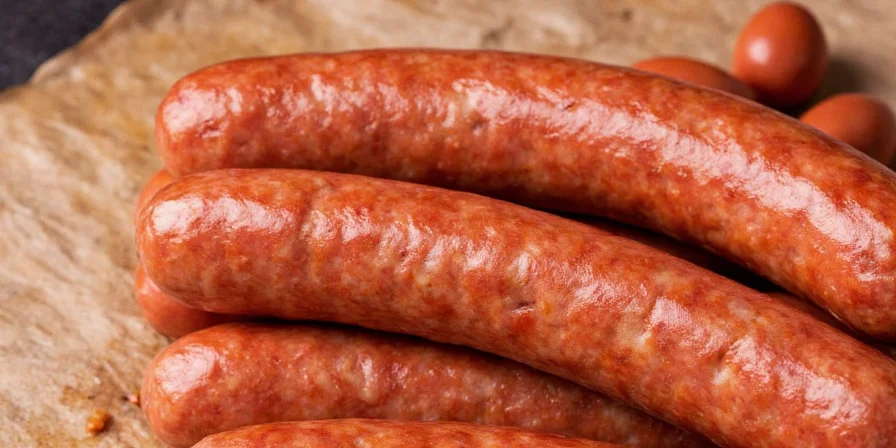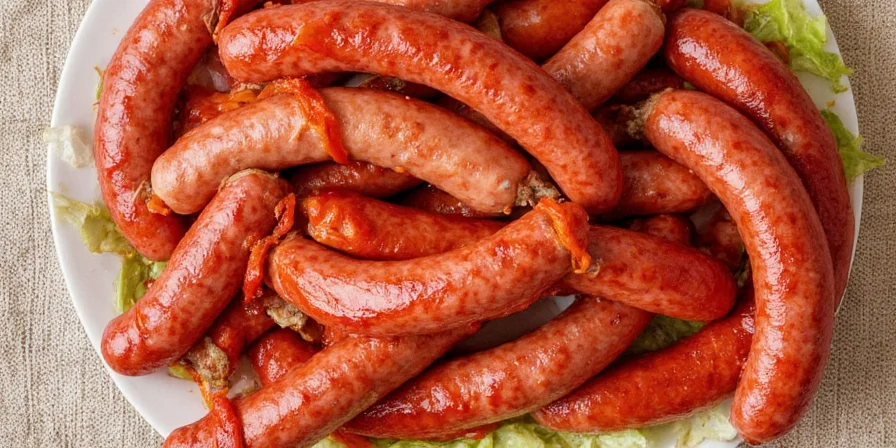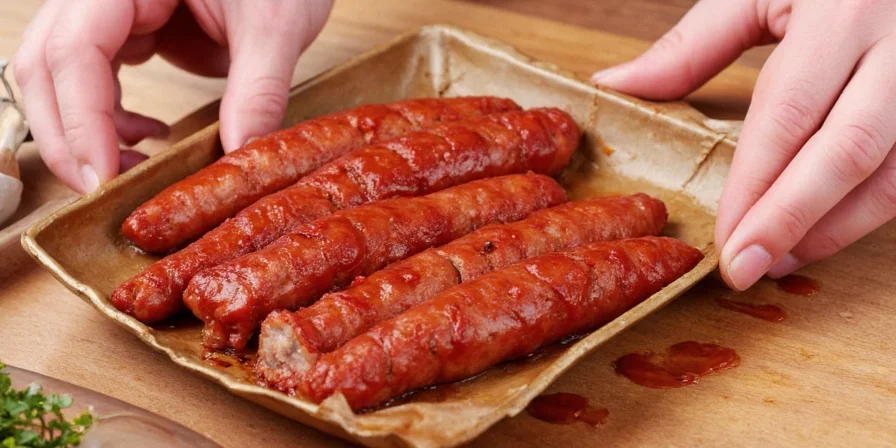Looking for the perfect spicy Italian sausage recipe? This complete guide delivers exactly what home cooks need: a simple, reliable recipe with clear instructions, practical tips, and answers to all your burning questions. Skip the food science jargon—you'll get straightforward guidance that works every time.

Whether you're making sausage from scratch or cooking pre-made links, this guide covers everything you need to know for authentic results. Start with our simple recipe below or jump to the specific section you need.
Authentic Spicy Italian Sausage Recipe (Makes 5 lbs)
Prep time: 20 minutes | Total time: 24 hours (includes chilling) | Difficulty: Medium
Basic Ingredients
- 5 lbs pork shoulder (70% lean, 30% fat)
- 3 tbsp kosher salt
- 2 tbsp freshly cracked black pepper
- 2 tbsp fennel seeds (lightly toasted)
- 1.5 tbsp red pepper flakes
- 3 tbsp sweet paprika
- 4 garlic cloves, finely minced
- 0.5 cup red wine (optional)
- Natural hog casings, soaked
Simple Step-by-Step Instructions
- Cut pork into 1-inch cubes and chill thoroughly (at least 4 hours)
- Toast fennel seeds in dry pan until fragrant (about 2 minutes)
- Combine all ingredients in large bowl, mixing thoroughly with hands
- Cover and refrigerate for 12-24 hours for flavor development
- Stuff mixture into casings using steady pressure
- Form links using the pinch-twist method (4-5 inches long)
- Refrigerate for 2 hours before cooking

Cooking instructions: Grill over medium heat (350-375°F) for 15-20 minutes, turning occasionally, until internal temperature reaches 160°F. Let rest 5 minutes before serving.
Essential Tips for Perfect Results
1. Get the Fat Ratio Right
The 70/30 meat-to-fat ratio is crucial for juicy sausage. Too little fat makes dry sausage; too much causes greasiness. Ask your butcher for pork shoulder with visible marbling.
2. Toast Your Spices Properly
Toast fennel seeds in a dry pan over medium heat for 2 minutes until fragrant. This unlocks flavor without burning. Let cool completely before mixing with other ingredients.

3. Use Fresh Garlic (Not Powder)
Fresh garlic provides better flavor than powder. Mince it finely and mix thoroughly with the salt before adding to meat—this helps distribute flavor evenly.
| Type | Flavor Impact | Recommended Use |
|---|---|---|
| Fresh Garlic | Strong, sharp, aromatic | For best flavor in homemade sausage |
| Dried Garlic | Mellow, background note | Only if fresh unavailable |
4. Stuff Casings Properly
Apply steady pressure when stuffing. Remove air pockets by pricking casing with a needle. Form links by pinching and twisting every 4-5 inches.

5. Rest Before Cooking
Refrigerate stuffed sausage for at least 2 hours (or up to 24 hours) before cooking. This allows flavors to meld and improves texture.

What Makes Good vs. Great Spicy Italian Sausage
| Factor | Basic | Better | Best |
|---|---|---|---|
| Meat Ratio | 80/20 | 75/25 | 70/30 (ideal balance) |
| Spices | Pre-ground | Freshly cracked | Toasted & freshly ground |
| Casing | Synthetic | Cold collagen | Natural hog (best texture) |
| Resting Time | None | 1 hour | 12-24 hours (best flavor) |
Frequently Asked Questions
What's the difference between sweet and spicy Italian sausage?
The main difference is the amount of red pepper flakes. Spicy Italian sausage typically contains 1-2 tablespoons of red pepper flakes, while sweet Italian sausage contains none. Both use similar amounts of fennel and other spices.
Can I make this without special equipment?
Yes! You don't need a meat grinder or stuffer. Simply mix the spices with ground pork (ask your butcher to grind it for you), shape into patties, and pan-fry. You'll miss the traditional link shape but still get great flavor.
How long does homemade sausage last in the refrigerator?
Fresh homemade sausage keeps for 1-2 days in the refrigerator. For longer storage, freeze it in an airtight container for up to 3 months. Thaw in the refrigerator before cooking.
How do I cook store-bought spicy Italian sausage?
For best results, prick sausages with a fork and cook in a skillet over medium heat for 15-20 minutes, turning occasionally, until golden brown and internal temperature reaches 160°F. For baked dishes, slice sausages before adding to recipes.
Why does my sausage fall apart when cooking?
This usually happens when there's not enough fat (needs 30%), the meat was too warm during mixing, or you didn't let it rest after stuffing. Keep everything cold and ensure proper chilling time before cooking.











 浙公网安备
33010002000092号
浙公网安备
33010002000092号 浙B2-20120091-4
浙B2-20120091-4